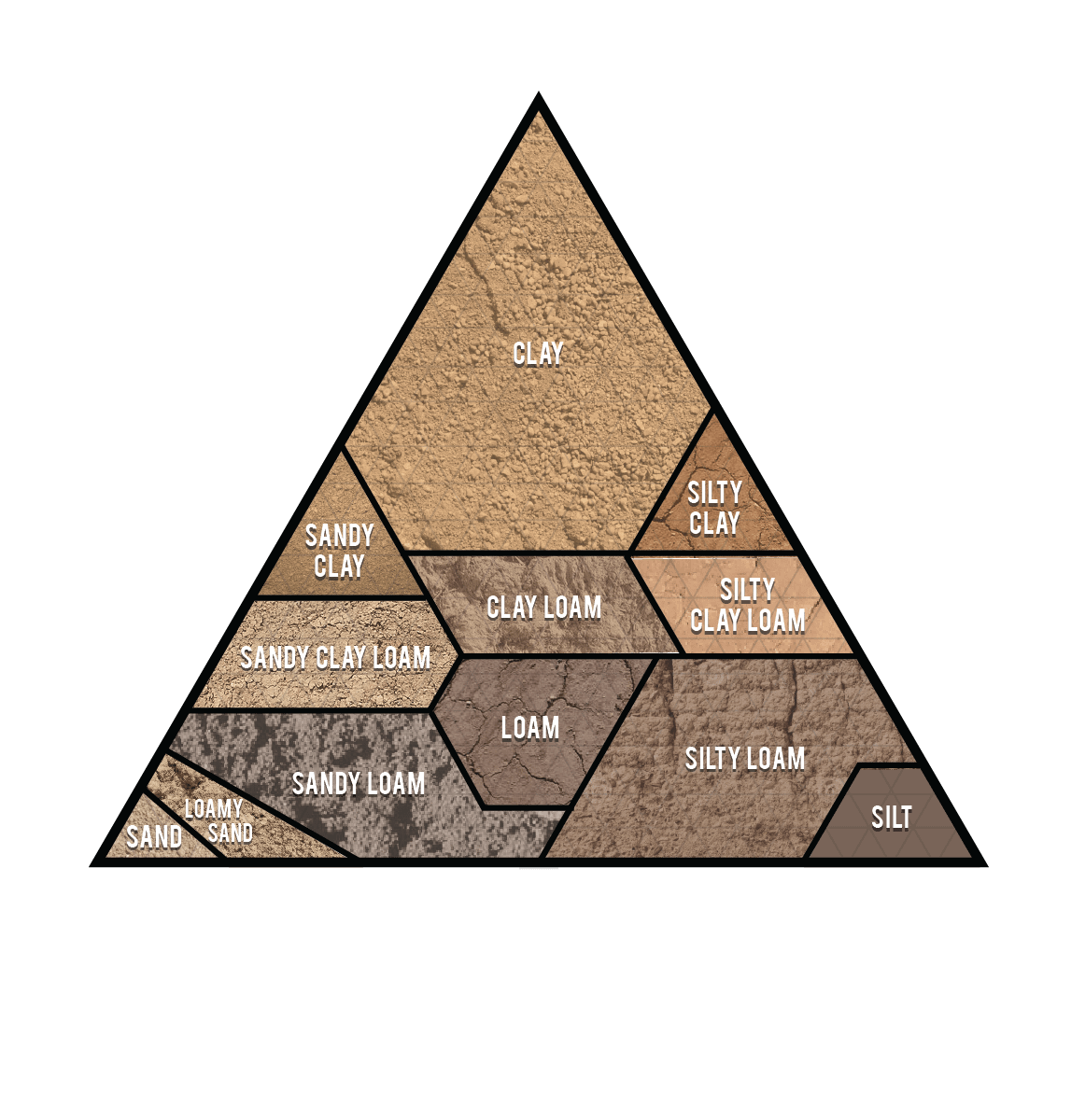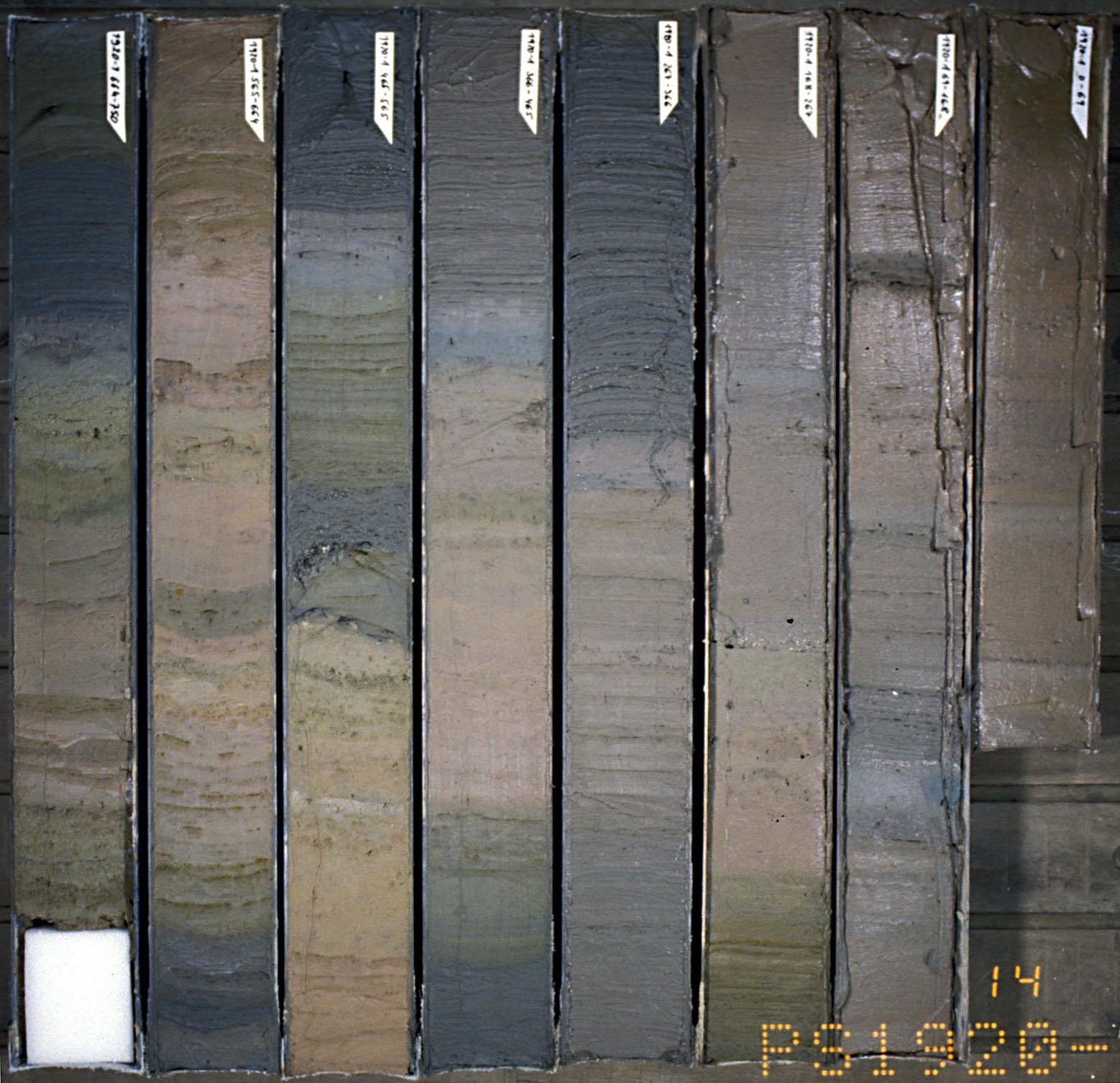Regretfully, I'd say you're limited to raised beds. You simply don't know what's down there, and how extensive the likely contamination is. You can test for contaminants, but it's going to be pricey. Here's a list of parameters you'd need to test for and their guideline concentrations.
Metals and hydrocarbon testing can run between $50 to $200 per sample. you'd need to sample multiple intervals (depths) and locations to accurately delineate the contamination, or confirm the area for your proposed garden is safe. Not only is there the risk of the buried contaminants, but older (pre-1980s) urban areas are notorious for lead contamination.
Raised beds are great, because they offer you a good deal of control over your growth media. If you really know what you're doing you can create a media that's freely draining and not limited to your site's soil texture, and have a large pool of multi-fractioned organic matter to support your plants. Lots of permacultureists (though i don't like those people) use raised beds to pretty good effect. On top of all that, they're modular. Here is an example cross section, though they've heaped it
The phyotoremdiation thing is feasible, but it's usually just tied to one or two metal types, takes a while, and you have to dispose of the now-contaminated biomass.

